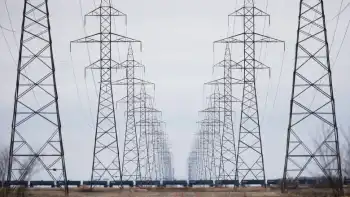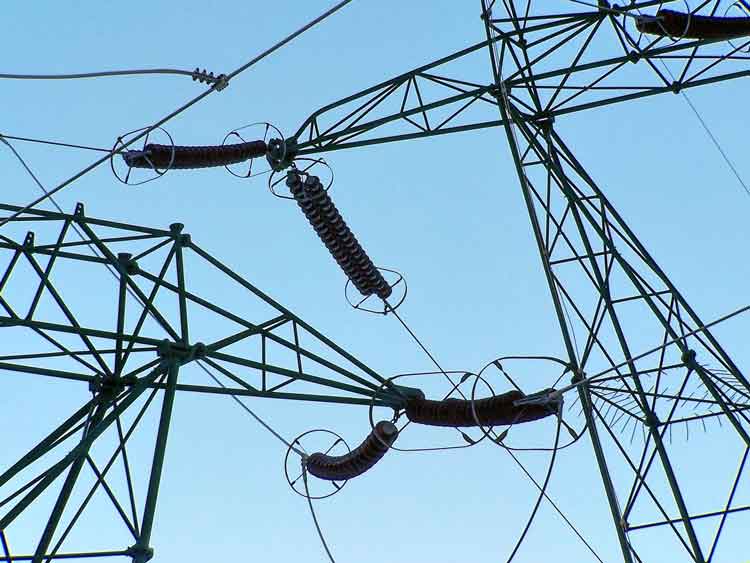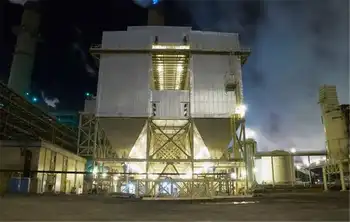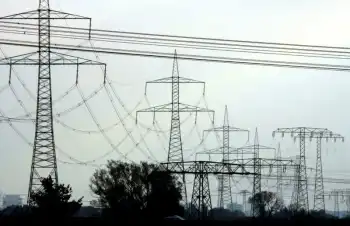Criminals posing as Toronto Hydro are sending out fraudulent messages

CSA Z462 Arc Flash Training - Electrical Safety Essentials
Our customized live online or in‑person group training can be delivered to your staff at your location.

- Live Online
- 6 hours Instructor-led
- Group Training Available
Toronto Hydro Scam Warning urges customers to spot phishing emails, fraudulent texts, fake bills, and door-to-door threats demanding bitcoin or prepaid cards, with disconnection threats; report scams to the Canadian Anti-Fraud Centre.
Key Points
Advisory on phishing, fake bills, and payment scams posing as Toronto Hydro, with steps to avoid fraud and report.
✅ Hang up suspicious calls; never pay via bitcoin or prepaid cards.
✅ Do not click links in emails or texts; compare bills and account numbers.
✅ Report fraud to the Canadian Anti-Fraud Centre: 1-888-495-8501.
Toronto Hydro has sent out a notice that criminals posing as Toronto Hydro are sending out fraudulent texts, letters and emails, similar to a recent BC Hydro scam reported in British Columbia.
The warning comes in a tweet, along with suggestions on how to protect yourself from fraud, especially as policy debates like an NDP public hydro plan can generate confusing messages.
According to Toronto Hydro, fraudsters are contacting people by phone, text, email, fake electricity bills, and even travelling door-to-door.
They threaten to disconnect the power unless an immediate payment is made, even though legitimate utilities must follow proper disconnection notices processes. The website states that in some cases, criminals request payment via pre-paid credit card or bitcoin.
It’s written on the website that Toronto Hydro does not accept these methods of payment, and they do not threaten to immediately disconnect power, a reminder that stories about power theft abroad are not a model for local billing.
If you suspect you are being targeted, you should immediately hang up any suspicious phone calls. Don’t click on any links in emails or texts asking you to accept electronic transfers, as scammers may impersonate well-known utilities during high-profile news such as Hydro One profit changes to appear credible.
Avoid sharing any personal information over the phone or in-person, and do not make any payments related to Smart Meter Deposits, as this fee does not exist and rate-setting is overseen by the Ontario Energy Board in Ontario.
And remember to always compare bills to previous ones, including the amount and account number, since major accounting decisions like a BC Hydro deferral report can fuel confusing narratives.
To report fraudulent activity, please contact:
Canadian Anti-Fraud Centre at 1-888-495-8501; quote file number 844396











